On a recent vacation, I had the opportunity to visit a mine that produces scoria. Scoria is the proper name for lava rock. The locals, however, refer to it as “cinder” – an older name for the substrate.
Unsurprisingly, the mine itself is a big hole in the ground.
Scoria mine
The scoria is scooped up in the pit and dropped in a hopper that feeds a conveyer belt.
Hopper
Conveyor belt
The belt leads to machinery that crushes and sifts the scoria into commercially useful sizes.
Crushers and sifters
The final product of this mine happens to be a useful size for bonsai – around 1/4″, give or take.
Mined scoria
I’ve been visiting volcanic mines around California for fun and to investigate potential suppliers. The present mine is located in the Owens Valley.
Subscribe to Bonsai Tonight
New Posts Delivered Every Tuesday and Friday
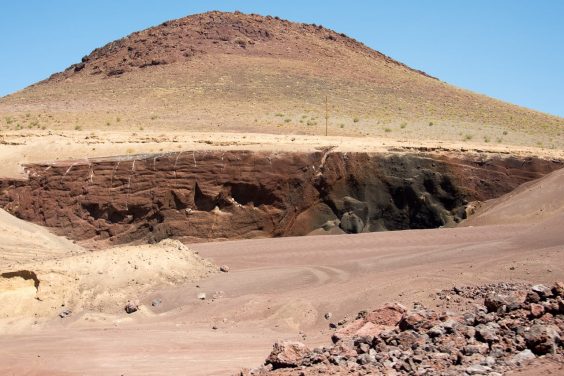
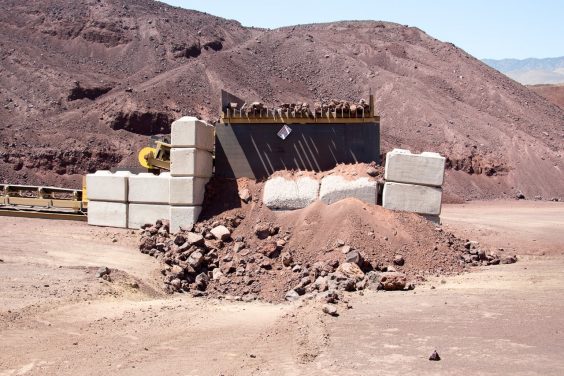
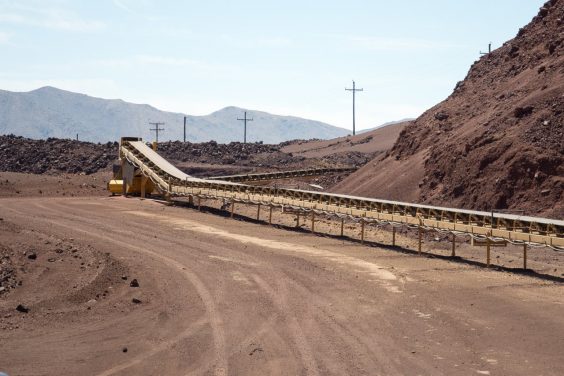
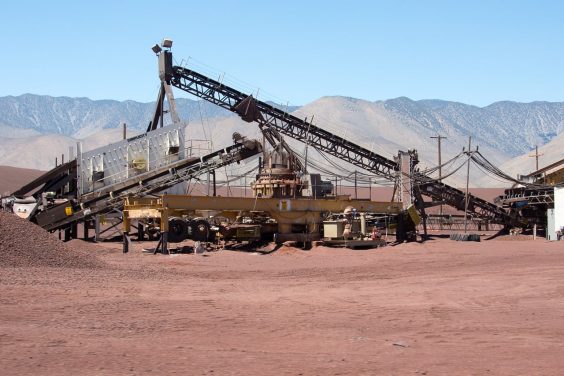
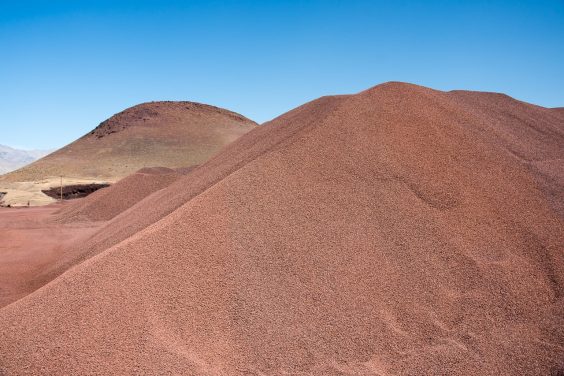
Candace says
Interesting to see the process Jonas. We were once offered a lava mine, for sale in Nevada. A fascinating idea, but we let it pass. Wish I had a contact for you 😉
Terence Krista says
Interesting article. Any idea where to find finely crushed black scoria? I’ve found bags of the stuf but the pebble size is too large. Something finer would be great for bonsai soil. Agricultural pumice (white) and most socria (red) is never attractive in a soil mix. Provides great drainage but looks awful. Black is perfect.
Mark says
I too am interested in where you could find black lava rock. There are a few places that sell it but it comes with lots of red pieces mixed in. And like Terence said, mostly large particle sizes for gas fire pits and the like.
Jonas Dupuich says
Good question Terence – I don’t know of a good source. The manager at the mine said that the black lava is what they originally mined at this site as it’s a popular color. Will be curious to hear if others have suggestions.
Bruce Winter says
I live on an island of black scoria (Hawai’i) and yes, we call it cinder. Here it’s screened and bagged for sale in hardware stores. I use it in boon mix sometimes substituting seedling orchid bark for akadama.
Terence Krista says
Using the word scoria (I’d always used lava rock) I found a supplier in SoCal! Place called House of Bonsai. Looks like the right size. A little red mixed in but mostly black. Maybe you could carry it Jonas. I’d buy!
https://www.houseofbonsai.com/products/lava-rock-scoria-small-14-lbs
Jonas Dupuich says
Thanks Terence – will definitely look to carry it when I find a good supplier!
Lynn says
Bonsai Jack sells beautiful black lava–well washed and uniform size. Find them on the web. I’ve used their soils for years.
AlainK says
It would be interesting to show photos of what you use for bonsai, or horticulture.
From the colour, I’d say it’s what we call “pouzzolane”, (pozzolan in English: https://en.wikipedia.org/wiki/Pozzolan). “Scoria”, at least in French, is a very vague term referring to whatever hard particles are left from firing.
Here, we also use “Pumice”, another “by-product” of volcanism.
There’s plenty of pozzolan in the “Massif Central” in France, it’s easily found in garden centers: I just saw pallets of 15 litre-bags, 6-15 mm, priced 7.50 €. But I can get 30-litre bags of sifted 3-6 mm, or 1.5-3 mm, for the same price! And those who have a truck can get some for a ridiculously cheap price (a few euros a ton) if thy can drive about 300 miles 😉
Pozzolan, pumice, composted pine bark (3.50 € for 30 litres from the same supplier), and akadama, that’s what everyone in my club uses.
Pozzolan: doesn’t retain moisture that much, but the sharp edges helps the roots to ramify.
Pumice: retains a bit more water, but it’s appreciated for big containers. When dry, doesn’t weigh that much, so it’s easier to move the pots.
Composted pine bark: a must here because the water from the tap is very hard. Excellent also for mycorrhyzae.
Akadama: well, that for the best trees, considering the price ;-). I use it with any cocktail of the previous soils mentioned. I’m not a professional, just an enthusiast.
AlainK